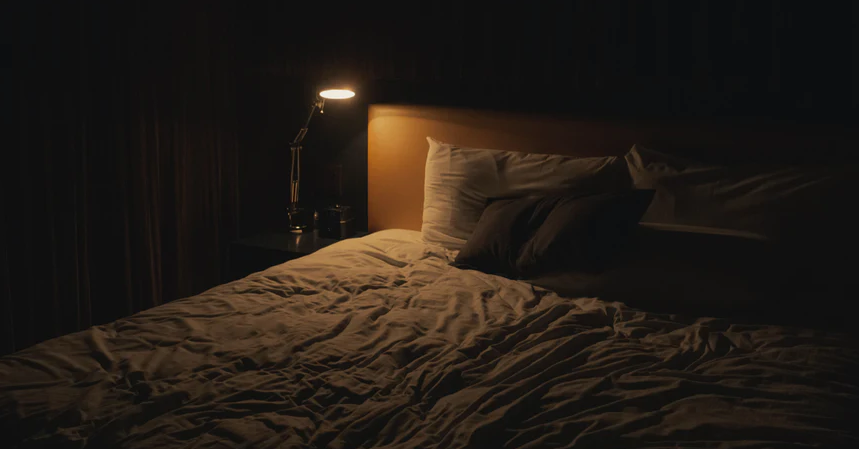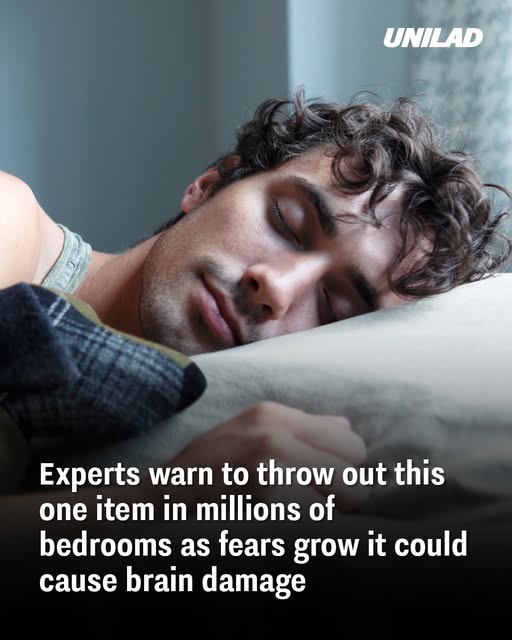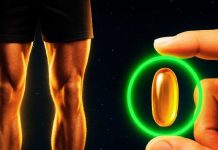Recent studies have raised significant concerns about the safety of children’s mattresses, revealing that many may emit harmful chemicals potentially affecting brain development. Research conducted by the University of Toronto and published in Environmental Science & Technology found that new, low-cost mattresses commonly sold at major retailers can release toxic substances, especially when activated by a child’s body warmth and weight.
The Hidden Dangers in Children’s Mattresses
The studies examined the sleeping environments of 25 children aged 6 months to 4 years and discovered worrisome levels of over two dozen hazardous chemicals around the bed area. These included phthalates, flame retardants, and UV filters—known to be neurotoxic and linked to neurological and reproductive problems, asthma, hormone disruption, and cancer.
Miriam Diamond, a professor at the University of Toronto and senior author of the study, emphasized the importance of safe sleeping environments, stating, “Sleep is vital for brain development, particularly for infants and toddlers. However, our research suggests that many mattresses contain chemicals that can harm kids’ brains.”

The Role of Flame Retardants and Phthalates
Flame retardants, commonly added to mattresses to meet flammability standards, have been found to have no proven fire-safety benefit and are not necessary for compliance. These chemicals have a long history of harming children’s cognitive function and ability to learn. Phthalates, used to make plastics more flexible, are known endocrine disruptors that can interfere with hormone function. The presence of these substances in children’s mattresses is particularly concerning given their potential impact on developing brains.
Recommendations for Parents and Caregivers
To reduce exposure to these harmful chemicals, experts recommend several measures:
- Frequent washing of bedding and toys: This can serve as a barrier between direct contact with the mattress and help remove any accumulated chemicals.
People.com - Limiting the number of items on the bed: Pillows and toys can absorb and re-emit chemicals, so minimizing these can reduce exposure.
- Choosing mattresses made from natural materials: Opt for mattresses that are certified organic or made from natural latex, cotton, or wool, which are less likely to contain harmful chemicals.
- Advocating for regulatory reform: Individual efforts have limited effectiveness without stricter legal controls on chemical usage in children’s products.
The Need for Regulatory Change
While parents can take steps to minimize their children’s exposure to harmful chemicals, the most effective solution lies in regulatory reform. Manufacturers should be required to eliminate unnecessary and potentially dangerous chemicals from children’s mattresses. As Arlene Blum, Executive Director of the Green Science Policy Institute, stated, “Parents should be able to lay their children down for sleep knowing they are safe and snug.”

Conclusion
The discovery of toxic chemicals in children’s mattresses is a wake-up call for both manufacturers and policymakers. Ensuring that children’s beds are free from harmful substances is essential for their health and development. By choosing safer materials and advocating for stricter regulations, we can create a safer sleeping environment for our children. Beyond just individual choices, this issue underscores a broader need for consumer awareness. Many parents may unknowingly expose their children to harmful substances simply by purchasing affordable, widely available mattresses. Raising awareness about these risks can empower families to make informed decisions and demand safer standards from manufacturers.

















